Things were just different back in 1971. And if you don’t believe me, consider this: a very successful rock album from that year was Fragile by Yes.
This album contained not only three tracks near or longer than eight minutes each, but five brief tracks that were the individual creations of each member of the band. Some members were not so enthusiastic about this approach, most notably drummer Bill Bruford, whose contribution was an awkward, 37-second noodlefest for drums, guitar, bass, and organ entitled “Five Per Cent for Nothing” [sic, although apparently that’s how they spell it in Britain].
Only 37 seconds, you say? Or more to the point, only five percent, you say? I have now attempted to rectify that shortcoming.
The piece as it originally appears consists of a complex rhythmic pattern, played through twice by the band. Well, if twice through constitutes five percent, simple arithmetic tells us that 40 times through will yield the full 100%. (It also clocks in at a pleasing 11:11.)
So here you go…
[audio:http://blog.room34.com/wp-content/uploads/underdog/100pct.mp3]If you like/can tolerate this, I encourage you to consider purchasing the full album. (For what it’s worth, I myself have purchased it in one form or another no less than seven times.) It features some outstanding playing and great songs, including my favorite piece of music in the history of human civilization, “Heart of the Sunrise.”
But if you’re in the market for something a little more current… a little more seasonally-appropriate… a little more ridiculously titled, then I would steer you no further than to Chris Squire’s Swiss Choir, a drunken joke new Christmas album featuring Yes bassist Chris Squire, drummer Jeremy Stacey (formerly of Sheryl Crow’s touring band and more recently of the briefly-reformed-and-now-once-again-defunct lineup of Squire’s pre-Yes band, The Syn), and ’70s-era Genesis guitarist Steve Hackett.
Normally I would look at something like this and think, “Mannheim Steamroller, but somehow, incomprehensibly worse.” And yet, from the samples I checked out online, it’s surprisingly not complete shit! “Complete” being the operative word. When I emailed a friend about this album, with the subject line “Holy crap,” he replied “I think you have just come up with the perfect two word review for this album.”
If by any chance you do choose to purchase it, I would implore you to consider doing so via this link to the iTunes store, so they’ll know who recommended it! (OK, they won’t. But at least I’ll get a tiny piece of the action.)
